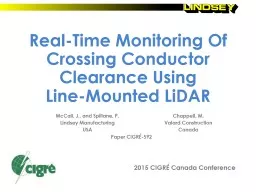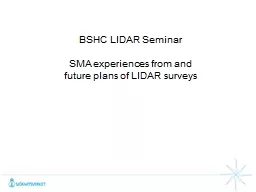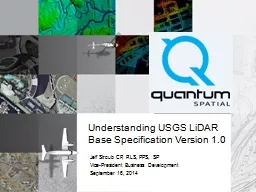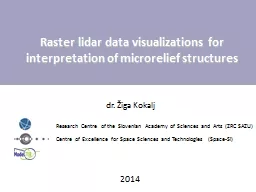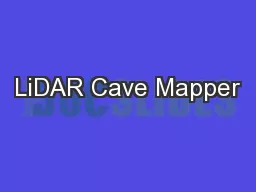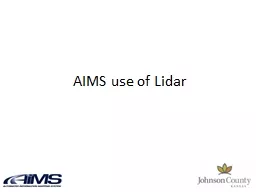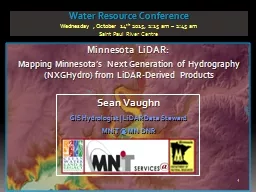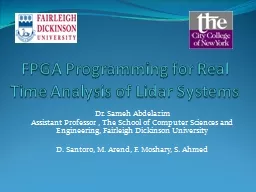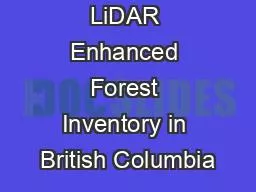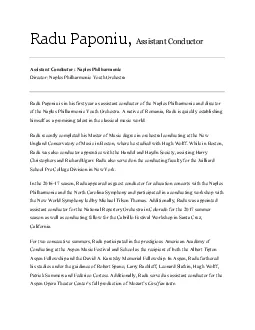PPT-Determining Crossing Conductor Clearance Using Line-Mounted LiDAR
Author : stefany-barnette | Published Date : 2018-03-17
McCall J Spillane P Lindsey K Lindsey Manufacturing USA CIGRE US National Committee 2015 Grid of the Future Symposium The Trouble with Line Crossings Numerous variables
Presentation Embed Code
Download Presentation
Download Presentation The PPT/PDF document "Determining Crossing Conductor Clearance..." is the property of its rightful owner. Permission is granted to download and print the materials on this website for personal, non-commercial use only, and to display it on your personal computer provided you do not modify the materials and that you retain all copyright notices contained in the materials. By downloading content from our website, you accept the terms of this agreement.
Determining Crossing Conductor Clearance Using Line-Mounted LiDAR: Transcript
Download Rules Of Document
"Determining Crossing Conductor Clearance Using Line-Mounted LiDAR"The content belongs to its owner. You may download and print it for personal use, without modification, and keep all copyright notices. By downloading, you agree to these terms.
Related Documents

